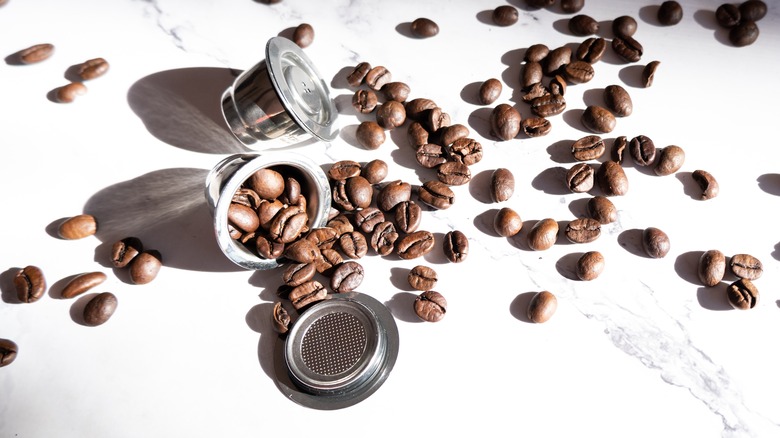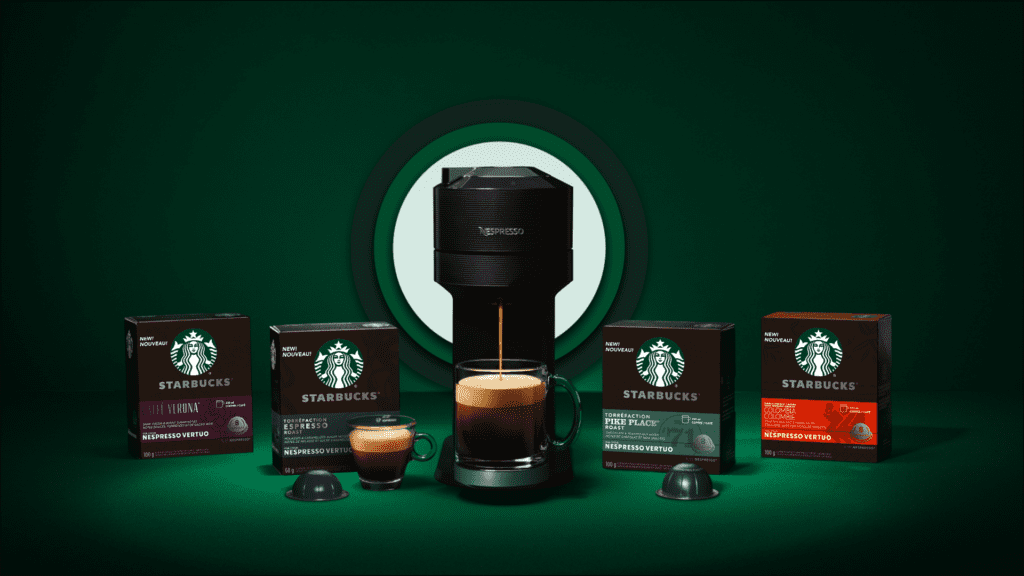Hey espresso enthusiasts! Today, we’re diving into the world of naked portafilters. If you’re scratching your head wondering what a naked portafilter is, or if it’s worth the hype, you’re in the right place. Grab your favorite coffee beans and let’s get brewing!

What is a Naked Portafilter?
A naked portafilter, also known as a bottomless portafilter, is essentially a portafilter with the bottom part removed. This means that the basket holding your coffee grounds is exposed, allowing you to see the entire extraction process.
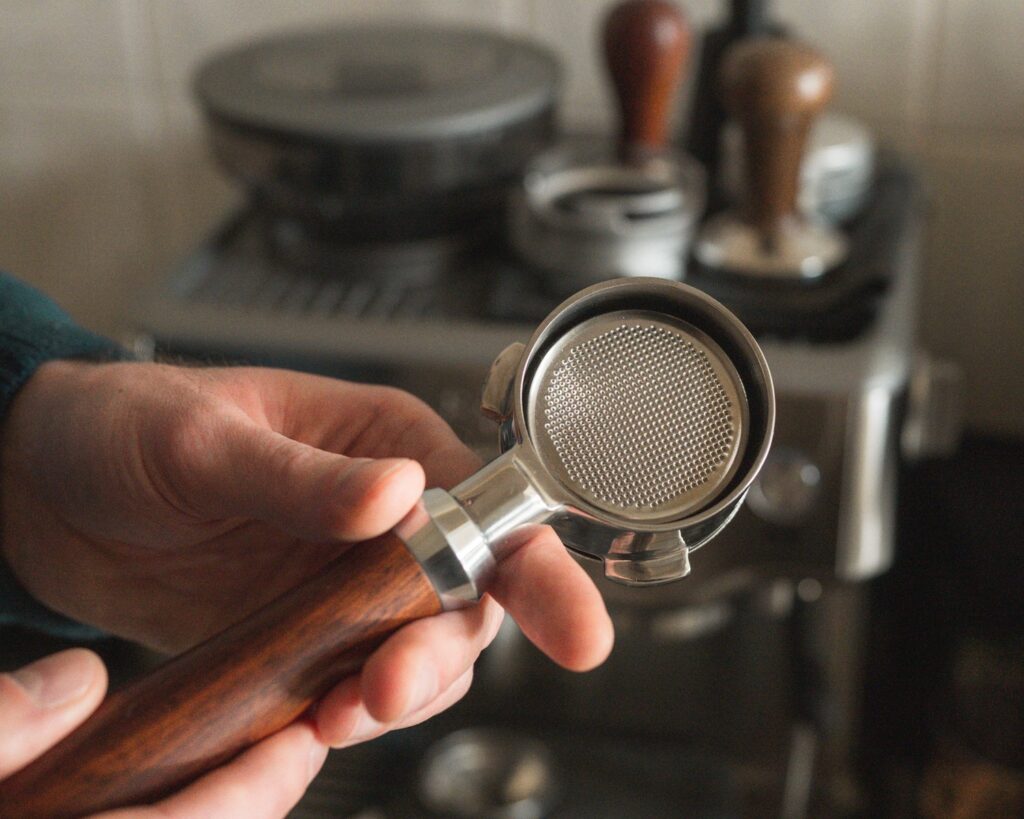
Importance of Using a Naked Portafilter
Using a naked portafilter isn’t just about looking cool (though it definitely does that!). It’s a crucial tool for any barista or home brewer aiming to up their espresso game. By providing immediate feedback on your extraction process, it helps you improve your technique and ultimately, the quality of your espresso.
Equipment Needed
Alright, folks, before we start brewing that perfect shot of espresso using a naked portafilter, let’s make sure we’ve got all the gear we need. Here’s your checklist:

- Espresso Machine: This is your main piece of equipment. Make sure it’s in good working condition and properly calibrated.
- Naked (Bottomless) Portafilter: The star of today’s show. Ensure it’s clean and fits your espresso machine.
- Fresh Coffee Beans: Freshness is key. Opt for high-quality beans roasted within the last two weeks.
- Grinder: A good grinder is essential for getting the right grind size. Burr grinders are highly recommended for consistency.
- Scale: Precision is crucial in espresso making. A digital scale helps you measure your coffee dose and yield accurately.
- Tamper: A good tamper is necessary for even tamping, which is crucial for a balanced extraction.
- Timer: Timing your shot helps in achieving consistency and perfecting your extraction time.
Steps to Brew Espresso with a Naked Portafilter
Using a naked (or bottomless) portafilter to brew espresso is a great way to refine your technique and see the real-time extraction process. Here’s how to do it:
Preparation Steps
- Warming Up the Machine: Before you even think about pulling a shot, make sure your espresso machine is fully warmed up. This usually takes about 20 minutes. Why? Because a properly heated machine ensures stable brewing temperatures, which is crucial for a consistent and tasty espresso.
- Cleaning: Cleanliness is next to godliness, especially in espresso making. Ensure the group head and your naked portafilter are squeaky clean. Any leftover coffee grounds or oils can mess up your shot’s flavor and crema.
Grinding and Dosing
- Grind Size: The grind size for espresso should be fine, resembling table salt. This fine grind allows for the perfect extraction, ensuring all the flavors are properly pulled from the coffee grounds.
- Measuring the Dose: Accuracy is key here. For a double shot, you’ll want to measure out 18-20 grams of coffee. Using a digital scale ensures you get the precise amount needed for a consistent shot every time.
Preparing the Portafilter
- Distribution: Even distribution of coffee grounds in the portafilter basket is essential. You can use a distribution tool or simply tap the portafilter on a surface to level the grounds. This step helps prevent channeling and ensures an even extraction.
- Tamping: Tamping is all about applying even, firm pressure to create a level coffee bed. This ensures that the water flows evenly through the coffee grounds, extracting all those delicious flavors uniformly.
Brewing Process
- Locking In: Secure your naked portafilter into the group head of the espresso machine. Make sure it’s snug and properly locked in to avoid any leaks during extraction.
- Extraction: Start the extraction process and keep a close eye on it. With a naked portafilter, you’ll be able to see the espresso flow and identify any issues right away.
- Timing: Aim for a 25-30 second extraction time for a double shot. Timing your shot ensures consistency and helps you dial in the perfect extraction.
Observing and Troubleshooting
- Channeling: Channeling is when water finds an easy path through the coffee, resulting in uneven extraction. Look for spurts and multiple streams during extraction. If you notice channeling, try adjusting your distribution and tamping techniques.
- Blonding: Blonding is when the espresso turns pale or yellow too quickly, indicating under-extraction. If you see this, your grind might be too coarse, or your extraction time too short.
- Tiger Striping: Tiger striping – those beautiful, striped patterns in your espresso – is a good sign. It indicates a well-extracted shot with balanced flavors.
By following these steps and paying attention to the details, you’ll be on your way to brewing a perfect espresso shot using a naked portafilter.
Benefits of Using a Naked Portafilter
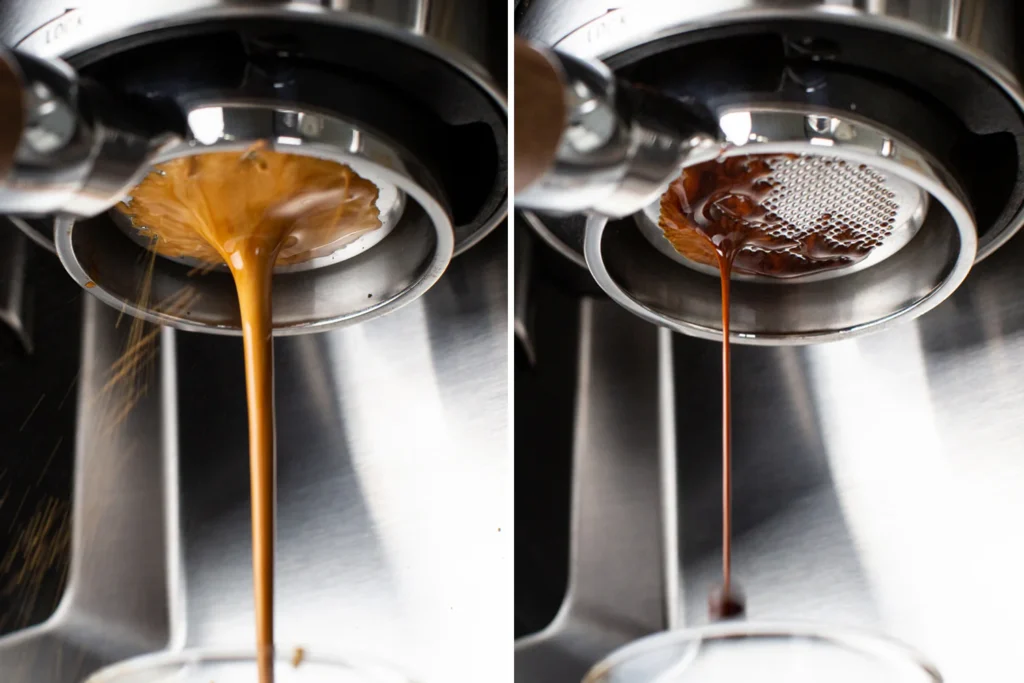
Improved Diagnosis
One of the standout advantages of using a naked portafilter is the ability to see and correct extraction issues in real time. By watching the espresso flow directly from the basket, you can spot problems like channeling and adjust your technique accordingly. This visual feedback is invaluable for honing your barista skills and achieving consistently great shots.
More Crema
With a naked portafilter, there’s no metal spout for the espresso to hit, which can result in more crema. This rich, golden layer adds to the visual appeal and enhances the mouthfeel of your espresso, giving you that professional-quality shot right at home.
Enhanced Flavor
Even extraction is the key to a flavorful espresso, and a naked portafilter helps you achieve this. By allowing you to see and correct any inconsistencies, it ensures that all the coffee grounds are evenly saturated, leading to a more balanced and delicious cup.
Drawbacks and Considerations
Messiness
Using a naked portafilter can be a bit messier, especially if you’re just starting out. Without the spouts to guide the flow, espresso can sometimes splatter or flow unevenly. It’s all part of the learning curve, but be prepared for a little cleanup as you perfect your technique.
Skill Level
Achieving consistent results with a naked portafilter requires a higher skill level. Precise distribution, tamping, and grind size are crucial to prevent channeling and ensure an even extraction. While it can be challenging at first, the payoff in improved technique and better espresso is well worth the effort.
Troubleshooting with a Naked Portafilter
1. Channeling occurs when water finds weak spots in the coffee puck, leading to uneven extraction. Signs include:
- Spurts and Sprays: If espresso is spraying in different directions, your distribution or tamping might be off.
- Multiple Streams: Multiple streams can indicate uneven tamping or grind distribution issues.
2. Blonding is when the espresso turns pale and watery towards the end of the shot. It’s a sign of under-extraction if it happens too early in the process.
3. Ideal extraction shows tiger striping—alternating dark and light stripes in the crema. This indicates a well-extracted shot.
Alternatives to Using a Naked Portafilter
So maybe the naked portafilter life isn’t for everyone. It’s all good; we’ve all got different tastes in coffee just like in music. So, what are your other options?
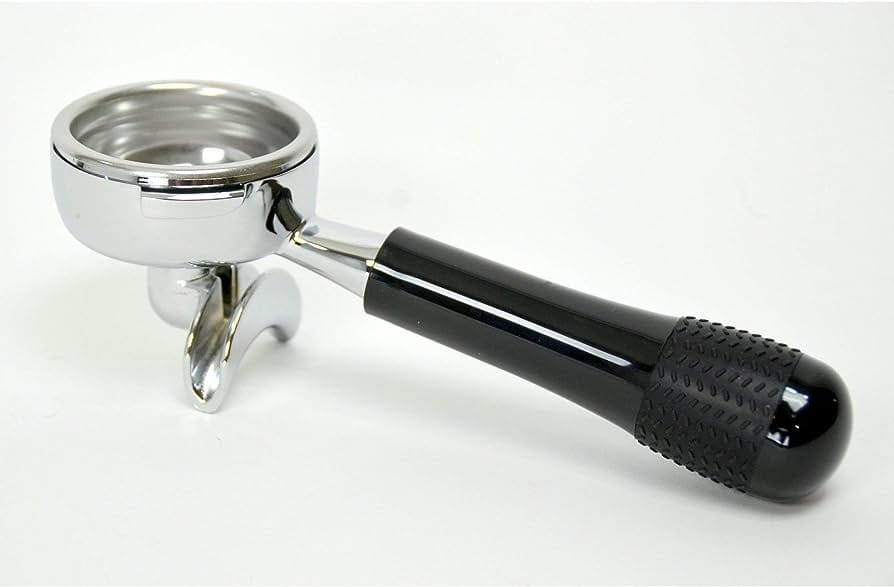
Standard Portafilters
The “cover band” of portafilters. They get the job done, but you won’t see the crema form in real-time. Still, a viable option for everyday brewing.

Pressurized Portafilters
Think of these as the “auto-tune” of the espresso world. They’re more forgiving with grind size and tamping, but purists might scoff.
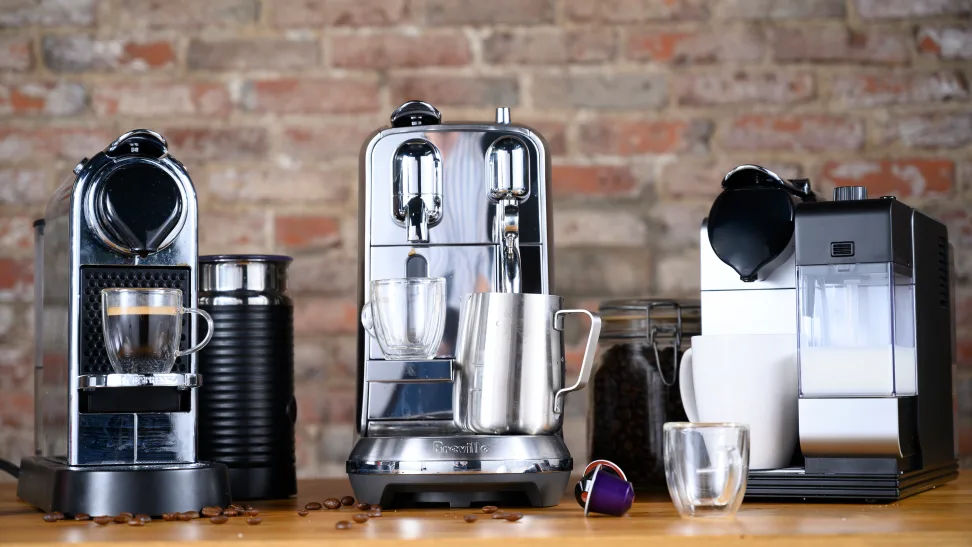
Pod Machines
The “pop music” of coffee makers. Easy, convenient, but you’re not gonna get that artisanal experience.
Conclusion
Mastering the art of using a naked portafilter can significantly enhance your espresso brewing skills. The ability to visually diagnose and correct extraction issues, coupled with the potential for more crema and richer flavors, makes it a valuable tool for any espresso enthusiast. While it may require a bit more skill and patience, the rewards are well worth it.
Remember, practice makes perfect. Don’t be discouraged by the initial messiness or the steep learning curve. With time and dedication, you’ll refine your technique and consistently pull delicious, barista-quality shots of espresso. Keep experimenting, stay curious, and enjoy the journey towards espresso perfection!
Disclosure: Our blog contains affiliate links to products. We may receive a commission for purchases made through these links. However, this does not impact our reviews and comparisons. We try our best to keep things fair and balanced, in order to help you make the best choice for you.


